 Facebook
Facebook
 X
X
 Instagram
Instagram
 TikTok
TikTok
 Youtube
Youtube
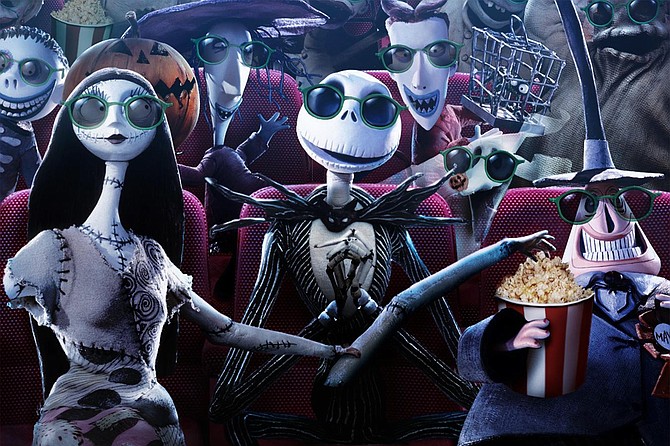
I am a sucker for 3-D. The eye sees in three dimensions, why shouldn’t a moviegoer?

Three of the five major technological advances that cinema would undergo in the first 126 years of its history — sound, color, and widescreen — were first put on public display at the Paris Exposition of 1900, albeit in primitive form. (A phonograph record provided auditory accompaniment, individual frames of film were hand colored, and Cinéorama presented audiences with a 360 degree moving panorama utilizing 10 projectors.) That was the same year American inventor Frederic Eugene Ives patented his two-lens stereoscopic camera apparatus. Hollywood’s earliest rivalry was with radio, making it only natural that the first technological stumbling block to be leapt over would be sound. Three-strip Technicolor arrived on the scene in 1932, and it wasn’t until the early ‘50s, when the idiot box began taking up permanent residence in living rooms across America, that studios enlisted the services of widescreen (first, three-camera Cinerama, followed by one-lens CinemaScope), stereophonic sound, and even a brief introductory sojourn into the third-dimension. The depth-enhancing novelty process saw a great rise in popularity when it was dusted off and marketed as a means to lure audiences out of their living rooms. But with the rare exception of Hitchcock’s Dial ‘M’ for Murder, few stereoscopic filmmakers bothered to utilize depth as an edifying resource to fortify their narratives.
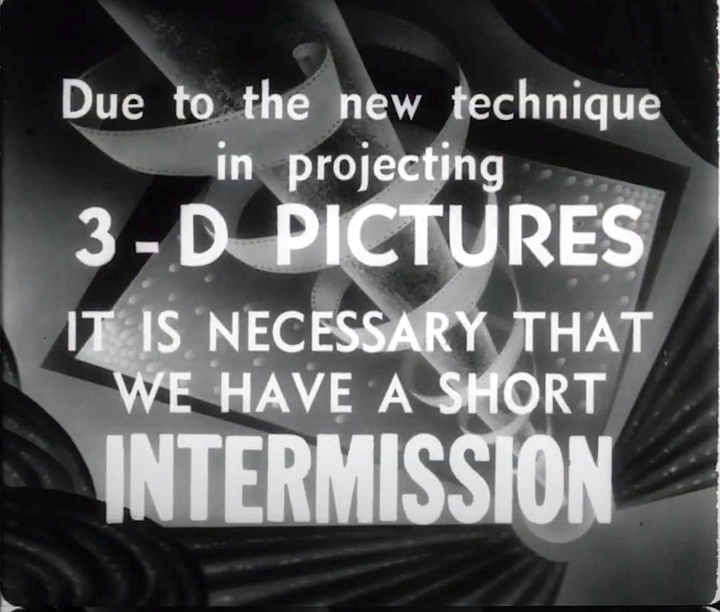
He didn’t know it at the time, but when Rod Serling spoke of unlocking the door of another dimension with a slight twist of the key of imagination, he could just as well have been addressing the state of film exhibition in 2006. Exhibitors were two years into the digital conversion and it would be six years before pixels outpaced celluloid forever, relegating 35mm projectors to the pasture of antique farm equipment. Once again, Hollywood found itself in need of a diversion to put butts in seats, something extra that people couldn’t get from a television. Rather than commuting the Production Code in favor of more adult content or beefing up modes of storytelling to incentivise a ticket-buying public, the motion picture industry glanced into its rearview and reasoned that the road to success was paved with uncomfortable cardboard glasses. Originally, it took two interlocked projectors, rigged with polarized lenses that were offset by approximately three inches, to bring 3-D to the screen. Theaters had to be refitted with expensive silver screens, and doubling the prints meant doubling the shipping costs. Cost and public indifference brought a quick end to the vogue.
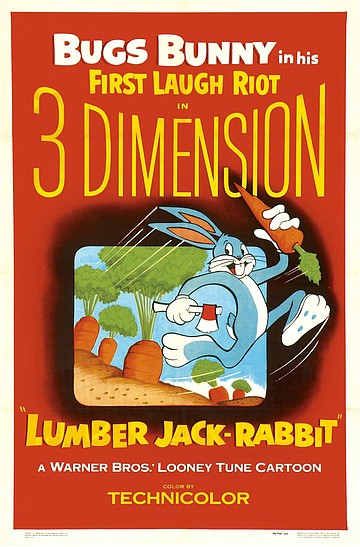
Barely on life support in the ‘60s, 3-D saw occasional revivals over the following two decades. Polarized lenses all but vanquished to oblivion their blue and red anaglyph predecessors. The new single-strip process had lost some of its lumens — two projectors are brighter than one — but the image remained sharp, the depth-of-field boundless. Positioned at the dawn of sequelitis, the process found steady employment in third-part installments of horror films (Jaws 3-D, Friday the 13th Part III, Amityville 3-D). Ultimately, 70mm killed 3-D as well as Cinerama. Audiences didn’t have to endure tri-panel seams, nose-creasing glasses, or higher ticket prices. Oddly enough, sharper image resolution wasn’t what gave the film stock its celebrity, that honor went to the fuller range of stereophonic sound that a wider-gauge film stock offered.
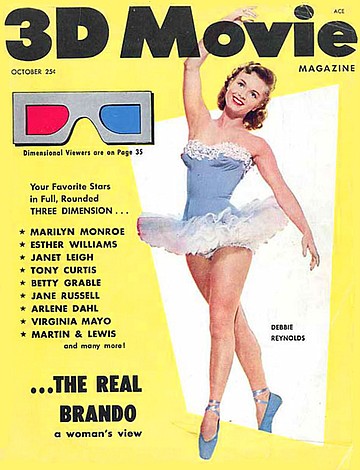
Not until IMAX combined 70mm and stereoscopic cinematography had the potential for worldwide acceptance shown such promise. Glasses were now replaced by helmets equipped with polarized visors and tiny speakers that sat behind your ears, ensuring optimum stereophonic separation. Attempts to incorporate narrative into the otherwise flaccid Disney-esque nature documentaries proved fruitless. The domed dinosaur that sits in Balboa Park is a far cry from what came to be known as the IMAX Experience. The thrill of IMAX was all but gone until the day I staggered out into the lobby convinced that what I had just witnessed was the future of cinema… or so I thought. Colorization is for chumps; even at a distance one could easily spot a bogus pallor. The same could not be said of 3-D conversion.
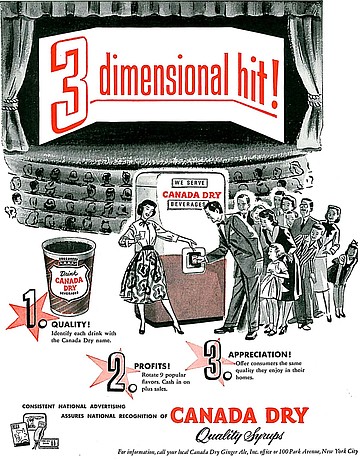
The brainiacs at Industrial Light and Magic had devised a way to convert 2-D into 3-D. Disney led the charge of 3-D conversions, starting with Chicken Little. Shot as a “flattie,” it became the first film to be converted after its completion. Glasses were still part of the deal, but thanks to the folks at Disney, the polarized frames were lightweight and comfortable, if aggressively unfashionable. Between its surplus of musical numbers and paucity of plot, I confess to not being a fan of the original Goth-approved Nightmare Before Christmas. In 3-D, it was a revelation. At the time of its release, the studio was so impressed with the finished product they vowed that at least one film a year would be converted to 3-D. What I wouldn’t give for the deep-focus enhancement of Bambi’s Multiplane Camera pyrotechnics. Alas, to date, none of the Disney classics have been given a stereoscopic facelift.
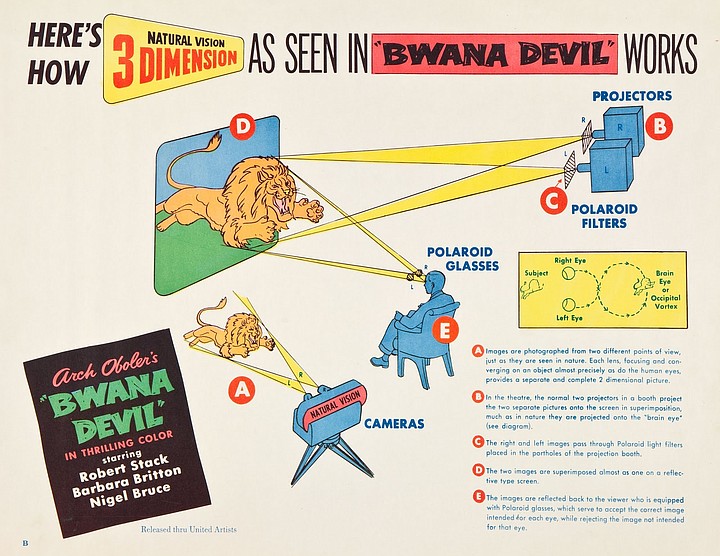
The process was expensive and time consuming, but the results were staggering. The original 2-D negative was scanned into a computer and given a digital freshening up. Coming up with the second strip was a laborious process, as Nightmare Before Christmas producer Don Hahn explained in an interview with anaimationartist.com. “If you want to see the original version, you just look with your left eye. But then we have to create a whole right eye version…and that’s done by rebuilding the whole movie as a digital picture. In other words, if you have a shot of Jack Skellington, you have to build Jack, and you have to build the background behind him, his house and the snow, or whatever is behind him in a digital world. And then we project a movie on to that digital geometry and then move the digital camera over to the right and re-photograph that for the right eye version.”
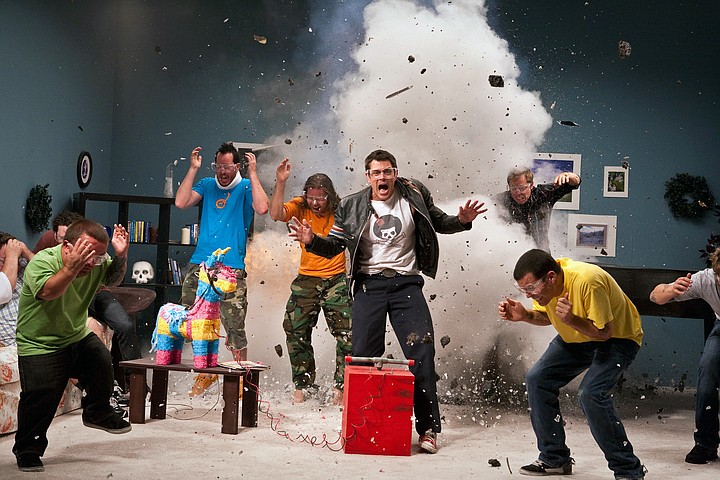
The second wind that Avatar gave to 3-D has long since blown through multiplexes. 2019 saw a scant nine 3-D releases, the majority of which were digital converts. Size and depth no longer matter. As an added incentive, cell phone carriers now offer Netflix as part of their package, basically encouraging subscribers to stream the latest big screen releases on their phones. Consider the possibilities of interlocking two cell phones offset by 3 inches.
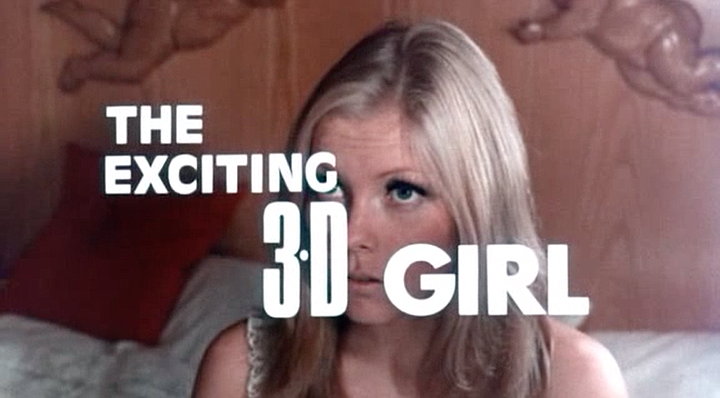
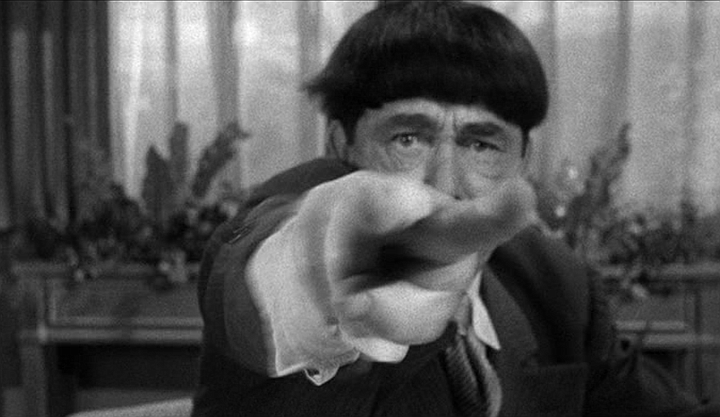
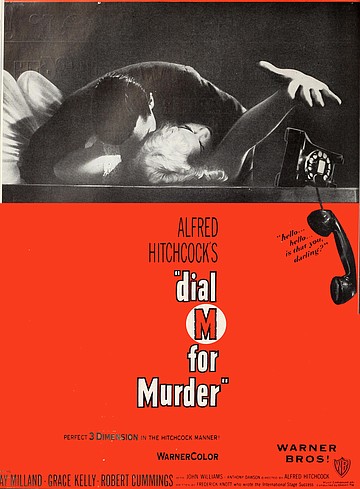


I am a sucker for 3-D. The eye sees in three dimensions, why shouldn’t a moviegoer?

Three of the five major technological advances that cinema would undergo in the first 126 years of its history — sound, color, and widescreen — were first put on public display at the Paris Exposition of 1900, albeit in primitive form. (A phonograph record provided auditory accompaniment, individual frames of film were hand colored, and Cinéorama presented audiences with a 360 degree moving panorama utilizing 10 projectors.) That was the same year American inventor Frederic Eugene Ives patented his two-lens stereoscopic camera apparatus. Hollywood’s earliest rivalry was with radio, making it only natural that the first technological stumbling block to be leapt over would be sound. Three-strip Technicolor arrived on the scene in 1932, and it wasn’t until the early ‘50s, when the idiot box began taking up permanent residence in living rooms across America, that studios enlisted the services of widescreen (first, three-camera Cinerama, followed by one-lens CinemaScope), stereophonic sound, and even a brief introductory sojourn into the third-dimension. The depth-enhancing novelty process saw a great rise in popularity when it was dusted off and marketed as a means to lure audiences out of their living rooms. But with the rare exception of Hitchcock’s Dial ‘M’ for Murder, few stereoscopic filmmakers bothered to utilize depth as an edifying resource to fortify their narratives.

He didn’t know it at the time, but when Rod Serling spoke of unlocking the door of another dimension with a slight twist of the key of imagination, he could just as well have been addressing the state of film exhibition in 2006. Exhibitors were two years into the digital conversion and it would be six years before pixels outpaced celluloid forever, relegating 35mm projectors to the pasture of antique farm equipment. Once again, Hollywood found itself in need of a diversion to put butts in seats, something extra that people couldn’t get from a television. Rather than commuting the Production Code in favor of more adult content or beefing up modes of storytelling to incentivise a ticket-buying public, the motion picture industry glanced into its rearview and reasoned that the road to success was paved with uncomfortable cardboard glasses. Originally, it took two interlocked projectors, rigged with polarized lenses that were offset by approximately three inches, to bring 3-D to the screen. Theaters had to be refitted with expensive silver screens, and doubling the prints meant doubling the shipping costs. Cost and public indifference brought a quick end to the vogue.

Barely on life support in the ‘60s, 3-D saw occasional revivals over the following two decades. Polarized lenses all but vanquished to oblivion their blue and red anaglyph predecessors. The new single-strip process had lost some of its lumens — two projectors are brighter than one — but the image remained sharp, the depth-of-field boundless. Positioned at the dawn of sequelitis, the process found steady employment in third-part installments of horror films (Jaws 3-D, Friday the 13th Part III, Amityville 3-D). Ultimately, 70mm killed 3-D as well as Cinerama. Audiences didn’t have to endure tri-panel seams, nose-creasing glasses, or higher ticket prices. Oddly enough, sharper image resolution wasn’t what gave the film stock its celebrity, that honor went to the fuller range of stereophonic sound that a wider-gauge film stock offered.

Not until IMAX combined 70mm and stereoscopic cinematography had the potential for worldwide acceptance shown such promise. Glasses were now replaced by helmets equipped with polarized visors and tiny speakers that sat behind your ears, ensuring optimum stereophonic separation. Attempts to incorporate narrative into the otherwise flaccid Disney-esque nature documentaries proved fruitless. The domed dinosaur that sits in Balboa Park is a far cry from what came to be known as the IMAX Experience. The thrill of IMAX was all but gone until the day I staggered out into the lobby convinced that what I had just witnessed was the future of cinema… or so I thought. Colorization is for chumps; even at a distance one could easily spot a bogus pallor. The same could not be said of 3-D conversion.

The brainiacs at Industrial Light and Magic had devised a way to convert 2-D into 3-D. Disney led the charge of 3-D conversions, starting with Chicken Little. Shot as a “flattie,” it became the first film to be converted after its completion. Glasses were still part of the deal, but thanks to the folks at Disney, the polarized frames were lightweight and comfortable, if aggressively unfashionable. Between its surplus of musical numbers and paucity of plot, I confess to not being a fan of the original Goth-approved Nightmare Before Christmas. In 3-D, it was a revelation. At the time of its release, the studio was so impressed with the finished product they vowed that at least one film a year would be converted to 3-D. What I wouldn’t give for the deep-focus enhancement of Bambi’s Multiplane Camera pyrotechnics. Alas, to date, none of the Disney classics have been given a stereoscopic facelift.

The process was expensive and time consuming, but the results were staggering. The original 2-D negative was scanned into a computer and given a digital freshening up. Coming up with the second strip was a laborious process, as Nightmare Before Christmas producer Don Hahn explained in an interview with anaimationartist.com. “If you want to see the original version, you just look with your left eye. But then we have to create a whole right eye version…and that’s done by rebuilding the whole movie as a digital picture. In other words, if you have a shot of Jack Skellington, you have to build Jack, and you have to build the background behind him, his house and the snow, or whatever is behind him in a digital world. And then we project a movie on to that digital geometry and then move the digital camera over to the right and re-photograph that for the right eye version.”

The second wind that Avatar gave to 3-D has long since blown through multiplexes. 2019 saw a scant nine 3-D releases, the majority of which were digital converts. Size and depth no longer matter. As an added incentive, cell phone carriers now offer Netflix as part of their package, basically encouraging subscribers to stream the latest big screen releases on their phones. Consider the possibilities of interlocking two cell phones offset by 3 inches.


